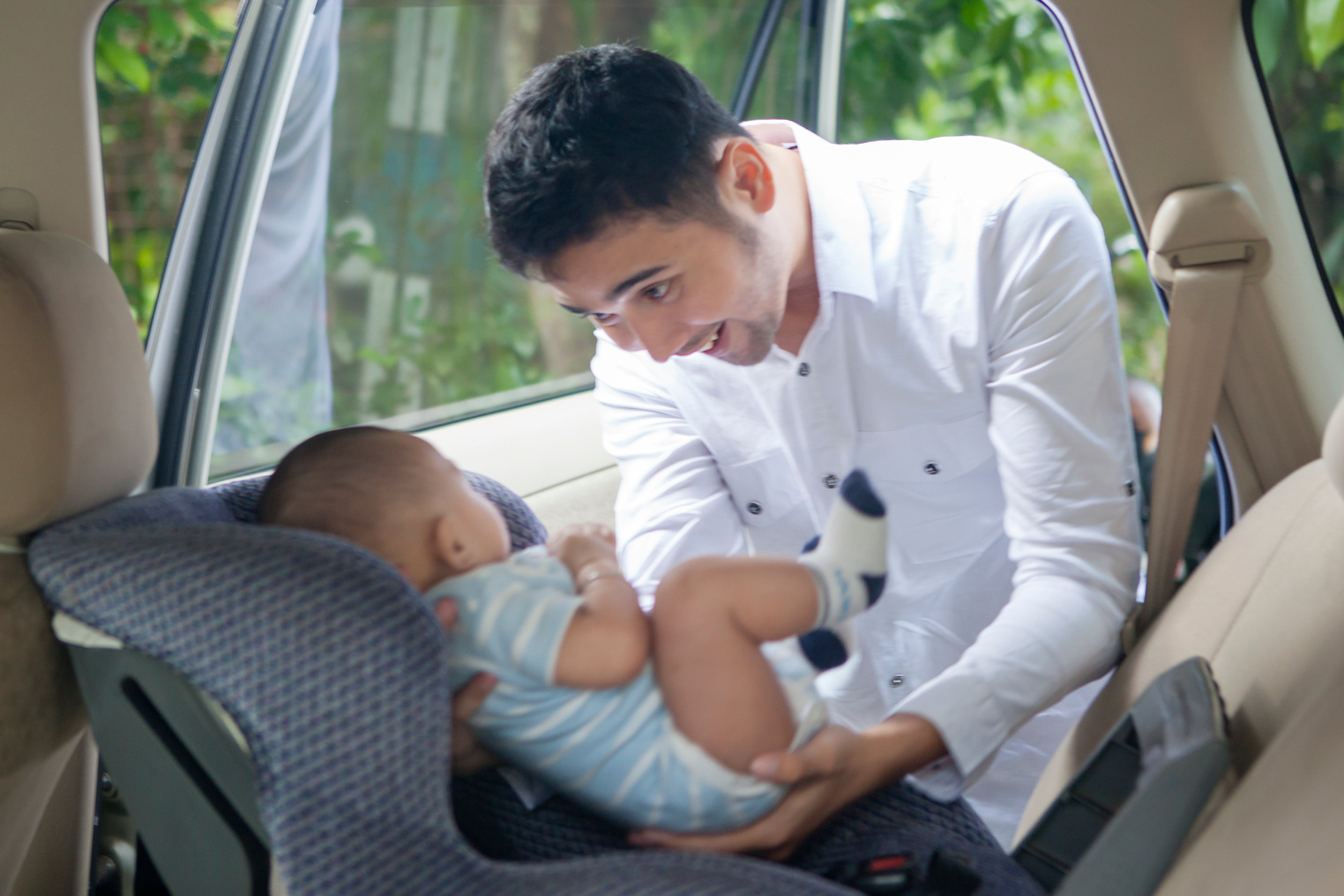123RF
Information for Parents and Families
With thousands of child passengers killed or injured every year in car accidents, it is vital to take every possible precaution to protect youngsters.
A child can be killed in a crash at just 5mph – it is estimated that a child seat could have prevented two out of three child deaths or injuries to unrestrained children.
Surveys have shown that around 70 per cent of child car seats are fitted incorrectly and many are not suitable for the car in which they are being used.
Height-based seats
Seats that adjust to their height are referred to as ‘i-Size’ seats. Until your child is 15 months old, they must be rear-facing. When your child is above 15 months old, they can utilize a forward-facing child car seat.
You must inspect the seat to ensure that it is appropriate for your child’s height.
In the United Kingdom, only EU-approved height-based child car seats are permitted. A label with a capital ‘E’ in a circle and the words ‘R129′ appears on these.
Weight-based seats
The type of seat (and how they must be secured in it) your child can use is determined by their weight.
Group Seats
0kg to 10kg 0 Lie-flat or ‘lateral’ baby carrier, rear-facing baby carrier, or rear-facing baby seat using a harness
0kg to 13kg 0+ Rear-facing baby carrier or rear-facing baby seat using a harness
9kg to 18kg 1 Rear- or forward-facing baby seat using a harness or safety shield
15kg to 25kg 2 Rear- or forward-facing child car seat (high-backed booster seat or booster cushion) using a seat belt, harness or safety shield
22kg to 36kg 3 Rear- or forward-facing child car seat (high-backed booster seat or booster cushion) using a seat belt, harness or safety shield
Source: https://www.gov.uk/
A poorly-fitted child seat can put a child’s life at risk. The safest way for children to travel in cars is in child seats that are suitable for their weight and size. When buying a seat do not rush the decision. Look through the manufacturers’ catalogues, on their websites or in shops that sell child seats to assess a range of restraints. Birmingham based charity, RoSPA, has a website dedicated to this subject -www.childcarseats.org.uk http://www.childcarseats.org.uk. It provides all the answers parents need to buy, fit and use a safe child restraint.
Kevin Clinton, RoSPA Head of Road Safety, said: “Every year around 40 children under 12-years-old are killed while travelling in cars, about 500 are seriously injured and up to 9,000 slightly injured. Proper use of child car restraints would prevent many deaths and injuries.
“In a crash, unrestrained children will be flung around inside the car. They may injure themselves and other passengers and in some instances be catapulted through windows.
“RoSPA strongly advises against buying or using a second-hand car seat, because you can never know how it has been used or if it has been in an accident. It may be impossible to see the damage which has been caused. A seat that has been damaged may not protect your child properly.


 Total views : 87463
Total views : 87463